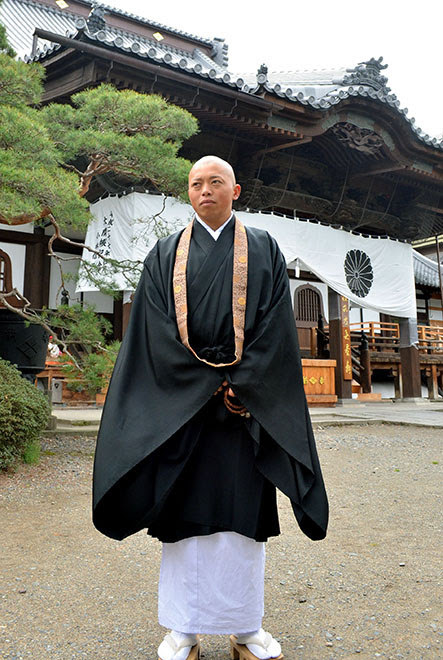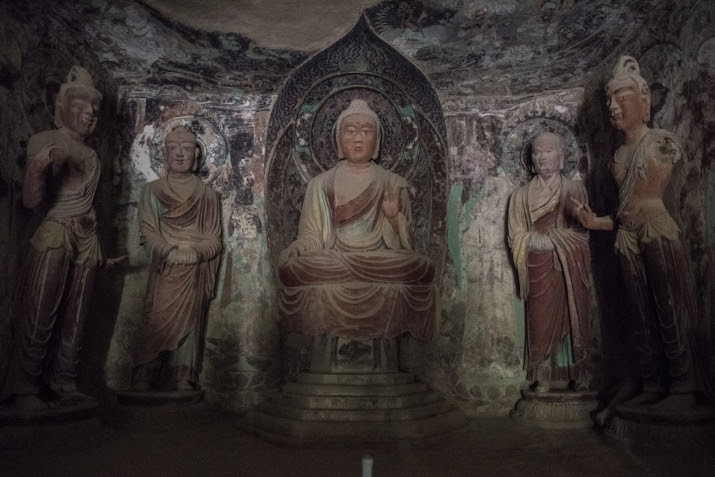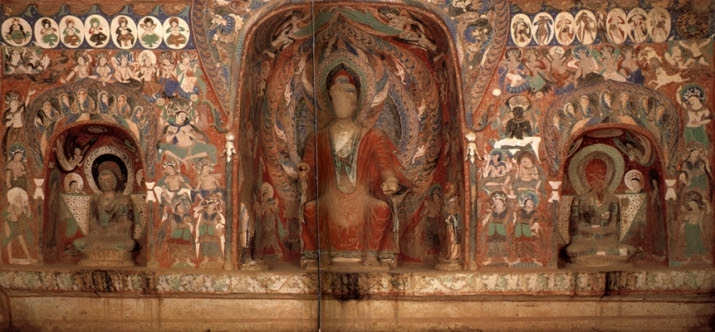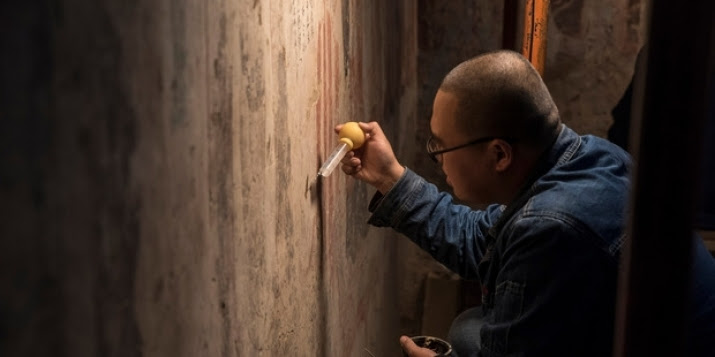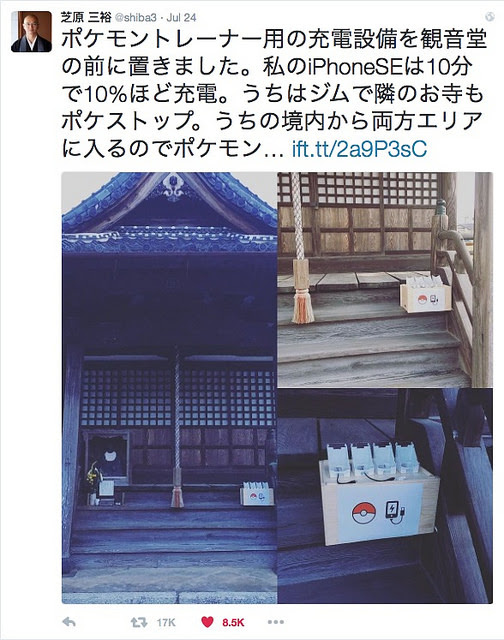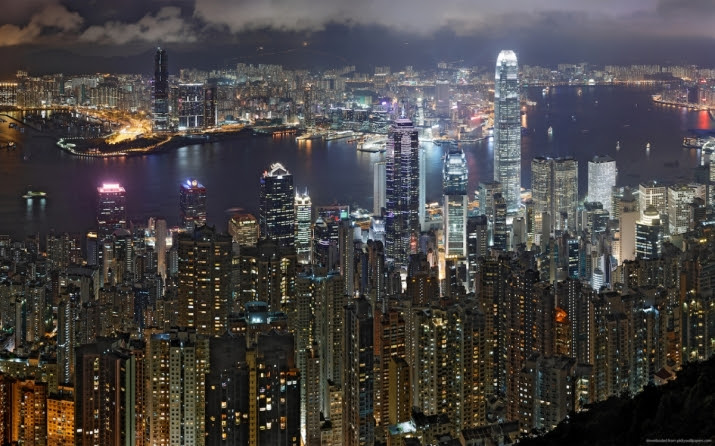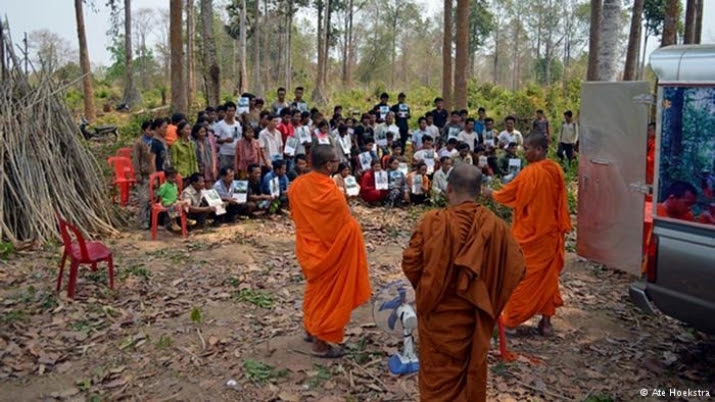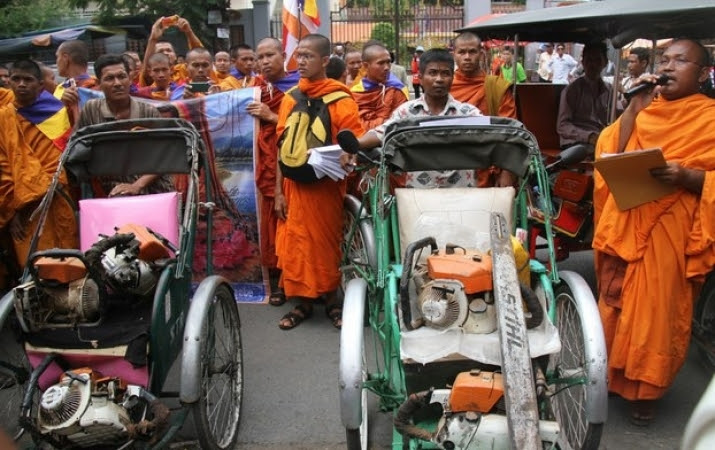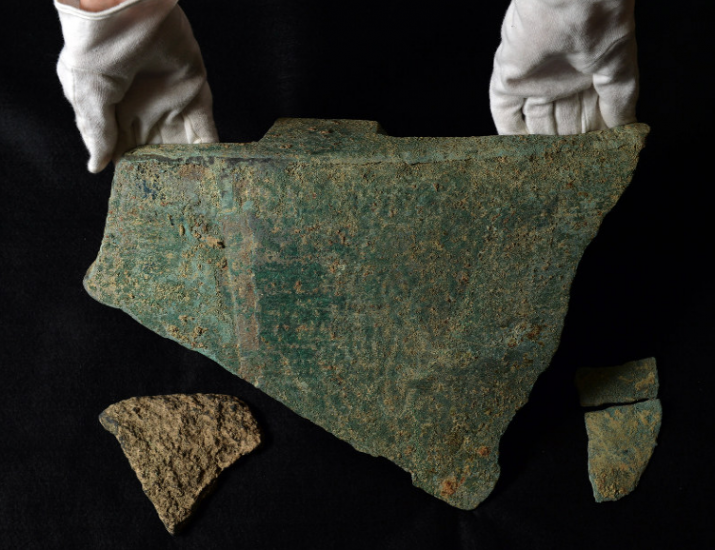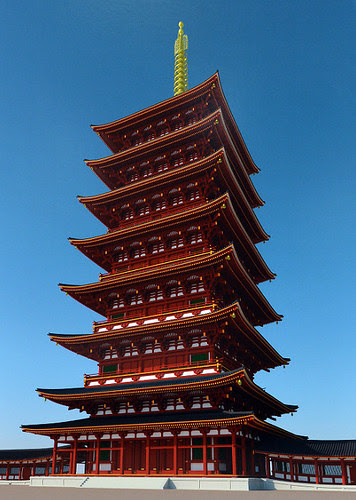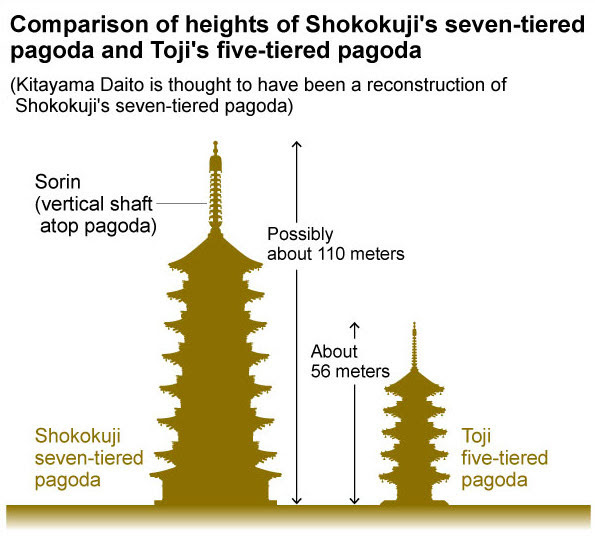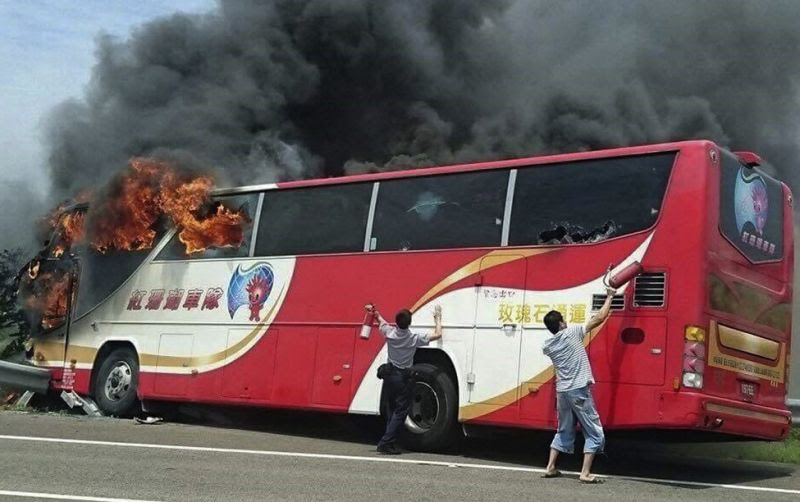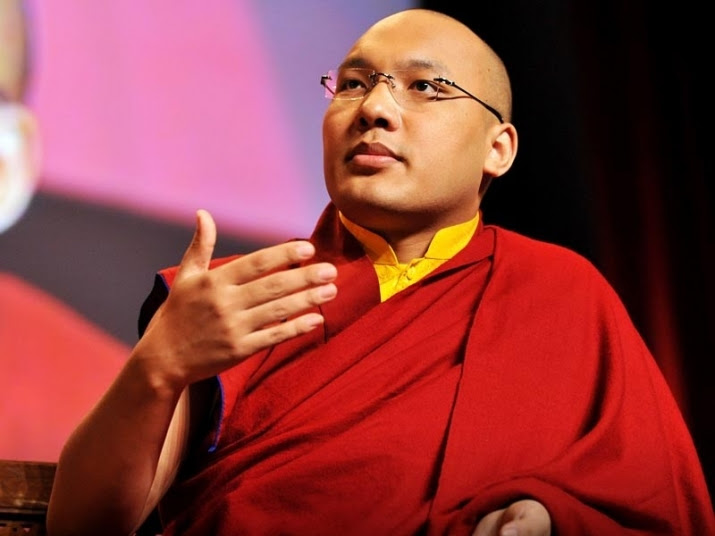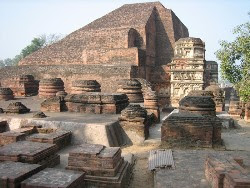Thailand’s women leave men in shade with 58kg one-two
By Brian Oliver
2016 Rio Olympics – Weightlifting – Final – Women’s 58kg – Riocentro – Pavilion 2 – Rio de Janeiro, Brazil – 08/08/2016. Sukanya Srisurat (THA) of Thailand competes. REUTERS/Stoyan Nenov
By Brian Oliver
RIO DE JANEIRO (Reuters) – Thailand’s women weightlifters have made it two golds and one silver from three attempts and will aim for another medal on Tuesday when their fourth and final female team member competes in the 63kg competition.
They have been helped by the exclusion of doping cheats from other countries, but the driving force behind their success is a woman who treats the weightlifters as her own children and has negotiated lucrative sponsorship deals to fund a national performance centre and keep training full-time.
After Sopita Tanasan’s victory in the 48kg on Saturday, the opening contest of the Rio Games, Thailand followed up with a one-two in the 58kg contest on Monday. Sukanya Srisurat won from Pimsiri Sirikaew, with Kuo Hsing-Chun of Taiwan taking the bronze.
Both medallists attributed Thailand’s success to Boossaba Yodbangtoey, the president of the Thai Amateur Weightlifting Association (TAWA) whose husband, Intarat, is vice-president of Thailand’s Olympic committee and of the International Weightlifting Federation.
Srisurat had tested positive at a youth event just after her 16th birthday and served a two-year ban. When asked why she had doped she said she had not made the decision herself, was too young to know what she was taking and had returned to the sport as a clean athlete “because I never give up”.
Boossaba said: “I have no children of my own so these girls are like my own children. I would never do anything to harm them. They have all been tested many times before coming to Rio.”
Srisurat’s doping offence was caused by her club, Boossaba said, not the national association. Srisurat was one of seven Thai teenagers who tested positive at youth events in 2011. There have been no positives since then.
Thailand has won five gold medals in weightlifting, all by women. They have five men in Rio but none is expected to challenge for gold. When Boossaba was asked why there was such a disparity between men and women she said: “Because the men are like teenagers, on the edge and hard to control. They want to go out and we have to get security to watch them at our training camp… The women are mostly from poor families and they all work hard.”
TAWA is backed by the national electricity authority for 16 million baht (less than $500,000) a year for the four-year Olympic cycle. “We don’t have government support,” said Boossaba. “The power authority is our main sponsor and we have other supporters from the private sector.”
The state does provide Olympic medallists with big rewards, and Srisurat will be given about 12 million baht (about $340,000), said Boossaba. “She will be rich!”
Thailand’s bronze medallist in the men’s 56kg, Sinphet Kruaithong, was unable to celebrate when he heard that his 84-year-old grandmother had died of a suspected heart attack while watching him on television.




